IN PICS: Eight of Spain's most endangered species
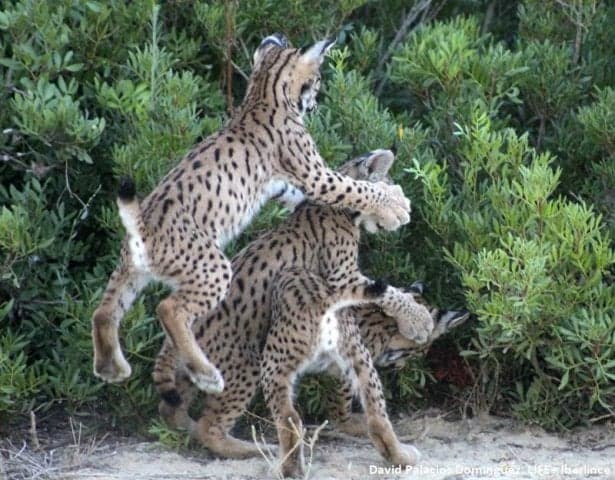
Spain is home to some of the most varied wildlife in Europe. From the brown bears of the Pyrenees to the cave-dwelling bearded vulture, Spain’s range of topographies allows for a vast assortment of indigenous animals.
As the UN publishes a report warning that up to 1 million plant and animal species are on the verge of extinction, with alarming implications for human survival, The Local takes a look at those animals most at risk in Spain.
Many of these iconic species are, however, severely threatened by human activities such as poaching, pollution and habitat destruction. The Local takes a look at the worst affected:
Iberian Lynx
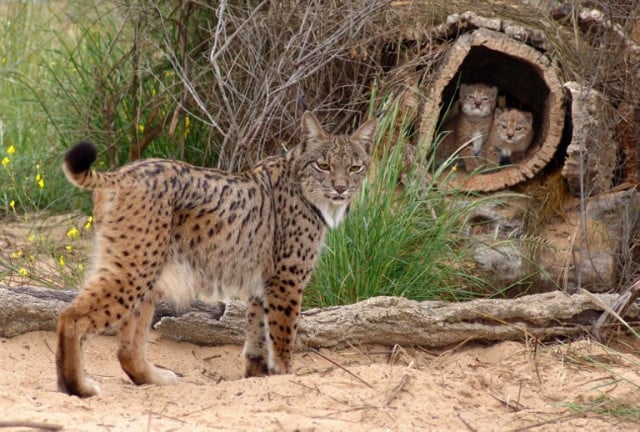
Photo: AFP
With a population estimated at around 600, the dark spotted Iberian Lynx (Lynx pardinus) is the world’s most endangered feline species. At the turn of the 20th century its numbers were estimated to exceed 100,000, but by 2002 it was on the brink of extinction, when less than 100 lynx were found to be left roaming the hills of Southern Spain. The conservation efforts of various NGOs and the Spanish government have however ensured a steady growth in the species over the last fifteen years.
READ MORE: Endangered Iberian lynx found living in hills near Barcelona
Black stork
.jpg)
Photo: SEO Birdlife
Recognisable by its black plumage and striking red beak, the Black Stork (Ciconia nigra) is found in low numbers all over the planet. European populations migrate to Sub-Saharan Africa in the winter and during the summer an estimated 470 pairs can be found in Spain, a large proportion of which are found in the north of Extremadura. They are threatened, however, by both illegal hunting and habitat loss due to construction projects.
Brown bear
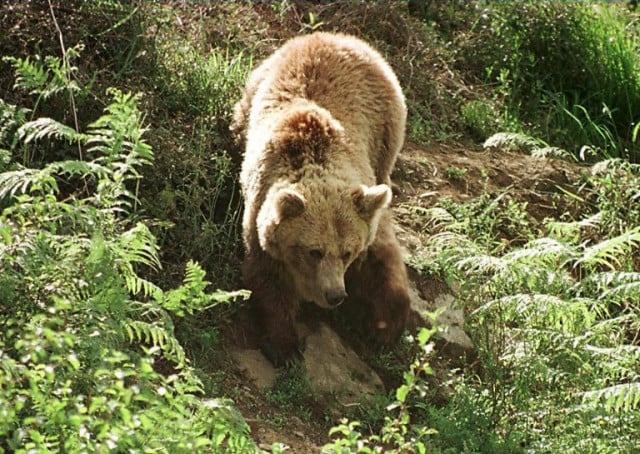
Photo: AFP
A little over 250 brown bears (Ursus Arctos) are to be found in the Cantabrian mountains and the Pyrenees of Spain. Their once thriving population was severely diminished in the mid-twentieth century by factors such as hunting and a need to protect farm animals, but their population is now thought to be on the up, the Cantabrian Brown Bear Foundation finding a “positive trend”in its last census in 2016.
Cantabrian Capercaillie
Found in the mountains and forests of northwest Spain, the Cantabrian Capercaillie - Tetrao urogallus cantabricus - is a species of grouse that is threatened by a rapid decline in suitable habitats, illegal hunting and disease - its population is thought to have fallen to around 625.
Bearded vulture
Like the Iberian Lynx, the bearded vulture is an endangered species specific to the Iberian Peninsula. It’s a large bird of prey that feeds on the bones of dead animals, and around 200 are distributed among the peaks and caves of the Pyrenees. In addition to poaching and habitat loss, threats to the bearded vulture are compounded by the ingestion of poisons used in bait by hunters and electrocution as a result of power lines in the area.
Mediterranean Monk Seal
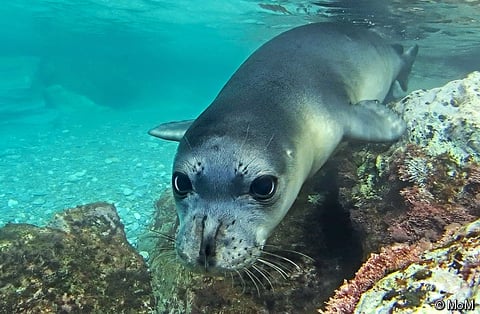
Photo: IUCN redlist
Pollution, over-fishing and discarded plastic have all contributed to making the Mediterranean Monk Seal (Monachus Monachus) one of the world’s rarest mammals, its population thought to have been reduced by 60 percent since the mid-twentieth century - there are around 400 left in the Mediterranean.
El Hierro giant lizard
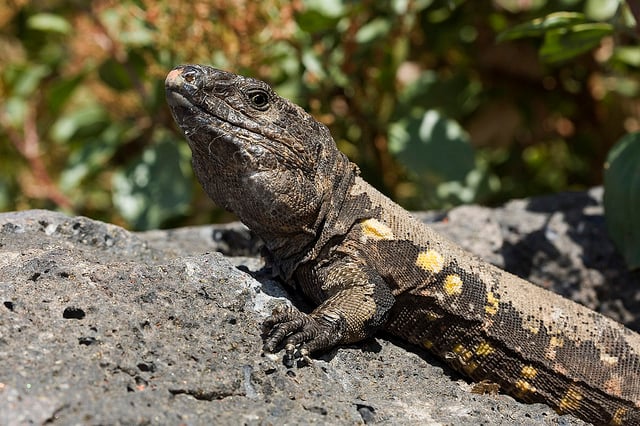
Photo: ElHierroTourismo / Flickr
About 200 giant lizards (Gallotia Simonyi) are estimated to live around the cliffs of El Hierro, one of the Canary Islands. Despite being subject to reintroduction programmes on other Canary islands such as Tenerife, poaching and predation from other animals, pose a significant threat to the iconic species’continued survival.
Iberian imperial eagle
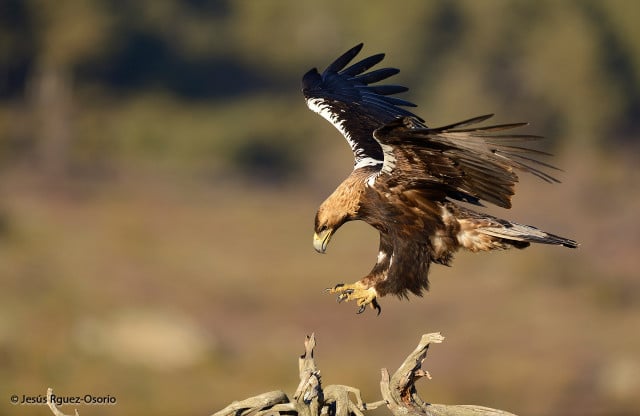
Photo: SEO Birdlife
The majestic Iberian imperial eagle has been made vulnerable by dwindling food sources, human interference and, like the bearded vulture, electrocution from power lines. The greatest number of the species can be found in Doñana National Park, where the Spanish NGO BirdLife has recorded an increase in successful reproduction, indicating a cautious optimism for the future of the great bird.
By Rory Jones
READ MORE: Spain set for summer cockroach plague after unusually wet spring
Comments
See Also
As the UN publishes a report warning that up to 1 million plant and animal species are on the verge of extinction, with alarming implications for human survival, The Local takes a look at those animals most at risk in Spain.
Many of these iconic species are, however, severely threatened by human activities such as poaching, pollution and habitat destruction. The Local takes a look at the worst affected:
Iberian Lynx

Photo: AFP
With a population estimated at around 600, the dark spotted Iberian Lynx (Lynx pardinus) is the world’s most endangered feline species. At the turn of the 20th century its numbers were estimated to exceed 100,000, but by 2002 it was on the brink of extinction, when less than 100 lynx were found to be left roaming the hills of Southern Spain. The conservation efforts of various NGOs and the Spanish government have however ensured a steady growth in the species over the last fifteen years.
READ MORE: Endangered Iberian lynx found living in hills near Barcelona
Black stork
.jpg)
Photo: SEO Birdlife
Recognisable by its black plumage and striking red beak, the Black Stork (Ciconia nigra) is found in low numbers all over the planet. European populations migrate to Sub-Saharan Africa in the winter and during the summer an estimated 470 pairs can be found in Spain, a large proportion of which are found in the north of Extremadura. They are threatened, however, by both illegal hunting and habitat loss due to construction projects.
Brown bear

Photo: AFP
A little over 250 brown bears (Ursus Arctos) are to be found in the Cantabrian mountains and the Pyrenees of Spain. Their once thriving population was severely diminished in the mid-twentieth century by factors such as hunting and a need to protect farm animals, but their population is now thought to be on the up, the Cantabrian Brown Bear Foundation finding a “positive trend”in its last census in 2016.
Cantabrian Capercaillie
Found in the mountains and forests of northwest Spain, the Cantabrian Capercaillie - Tetrao urogallus cantabricus - is a species of grouse that is threatened by a rapid decline in suitable habitats, illegal hunting and disease - its population is thought to have fallen to around 625.
Bearded vulture
Like the Iberian Lynx, the bearded vulture is an endangered species specific to the Iberian Peninsula. It’s a large bird of prey that feeds on the bones of dead animals, and around 200 are distributed among the peaks and caves of the Pyrenees. In addition to poaching and habitat loss, threats to the bearded vulture are compounded by the ingestion of poisons used in bait by hunters and electrocution as a result of power lines in the area.
Mediterranean Monk Seal

Photo: IUCN redlist
Pollution, over-fishing and discarded plastic have all contributed to making the Mediterranean Monk Seal (Monachus Monachus) one of the world’s rarest mammals, its population thought to have been reduced by 60 percent since the mid-twentieth century - there are around 400 left in the Mediterranean.
El Hierro giant lizard

Photo: ElHierroTourismo / Flickr
About 200 giant lizards (Gallotia Simonyi) are estimated to live around the cliffs of El Hierro, one of the Canary Islands. Despite being subject to reintroduction programmes on other Canary islands such as Tenerife, poaching and predation from other animals, pose a significant threat to the iconic species’continued survival.
Iberian imperial eagle

Photo: SEO Birdlife
The majestic Iberian imperial eagle has been made vulnerable by dwindling food sources, human interference and, like the bearded vulture, electrocution from power lines. The greatest number of the species can be found in Doñana National Park, where the Spanish NGO BirdLife has recorded an increase in successful reproduction, indicating a cautious optimism for the future of the great bird.
By Rory Jones
READ MORE: Spain set for summer cockroach plague after unusually wet spring
Join the conversation in our comments section below. Share your own views and experience and if you have a question or suggestion for our journalists then email us at [email protected].
Please keep comments civil, constructive and on topic – and make sure to read our terms of use before getting involved.
Please log in here to leave a comment.